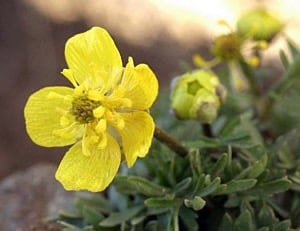
Biological diversity is a hallmark of the Columbia River Gorge, which encompasses two natural transitions in its 80-mile length
The first of these is the east to west transition which begins with near-rain-forest conditions in the western Gorge and changes dramatically within a relatively short distance to arid, near-desert conditions in the eastern Gorge. This transition is driven by the "rain shadow" effect of the Cascades. As rain-laden storms from the Pacific Ocean reach the mountains, the air masses gain elevation and become cooler, less able to hold moisture. In short, it rains a lot in the western Gorge. As the storms pass the crest of the Cascades, they lose altitude and become warmer; warm air holds more moisture, and less of it falls as rain. The eastern slopes of the Cascades are much drier as a result.
The second transition is in altitude. The tallest ridgelines of the central Columbia Gorge exceed 4,000 feet above sea level. Just as spring comes later in the season as we approach the poles, it also comes later as we gain elevation (if you miss the annual bloom of a given wildflower at lower elevations, oftentimes you can climb higher to find it still blooming). All these natural variables (rainfall, temperature, sunlight and shade) create a multitude of what ecologists refer to as "microclimates," relatively small regions of unique conditions that encourage the growth of unique species. In the Columbia Gorge, that's particularly true of wildflowers; there are hundreds of species here, many distributed throughout the Gorge but some isolated to limited regions.
There are over 800 species of flowers in the Gorge; fifteen of these are endemic and are not found anywhere else in the world. You can learn a little about each of these "endemics" below.
PLEASE DON'T PICK!
Barrett's Penstemon _Penstemon barrettiae
A tall pink penstemon blooming in rocky areas early to mid-May in the eastern Columbia Gorge. Can be found along the cliffs of the old Historic Columbia River Highway.
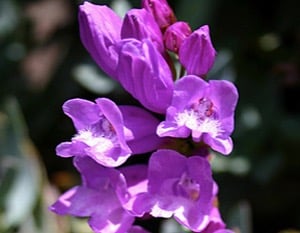

Columbia Desert Parsley _Lomatium columbianum
With bright pink flowers blooming March to May in the eastern Columbia Gorge.

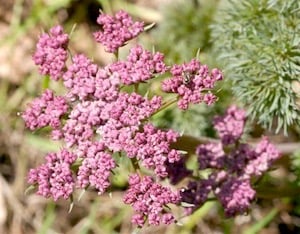
Columbia Gorge Broad-Leaf Lupine _Lupinus latifolius
A lavendar lupine blooming April to May at Rowland Lake, near The Dalles Bridge, and Dalles Mt. Road.
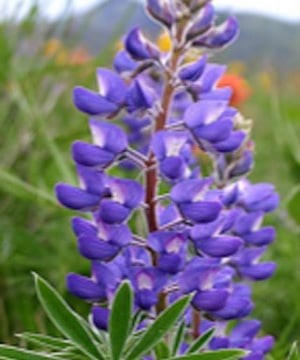

Columbia Gorge Daisy _Erigeron oreganus
Blooms mid-June around Oneonta Gorge, Latourell Falls and McCord Creek.


Columbia Kittentail _Synthyris stellata
Blooms on shaded banks late March to early April, Wahkeena and Horsetail falls.
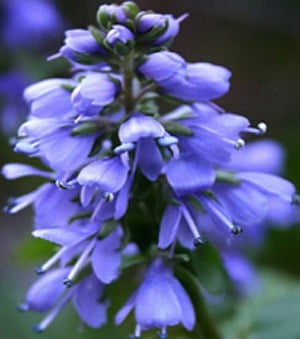

Hood River Milk-Vetch _Astragalus hoodianus
With cream-colored flowers blooming late April to early May at Mayer State Park, near the intersection of Washington Highway 14 and 197, White Salmon River, Horsethief Butte, and Hood River Mountain Meadow.
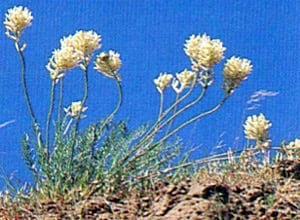

Howell's Daisy _Erigeron howellii
Blooms on rocky slopes late May around Multnomah Falls and early July atop Larch Mountain.
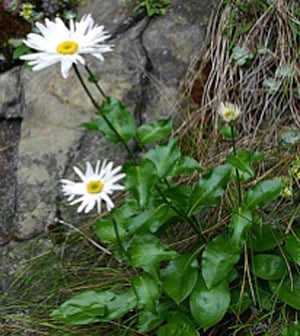

Long-Beard Hawkweed _Hieracium longiberbe
Tightly packed pale yellow flower heads, at the top of wand-like stems. Blooms July through August and can be found at Angel's Rest and McCord Creek Trail.
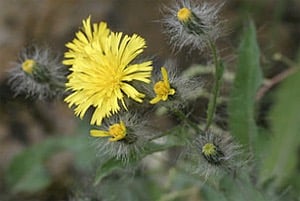

Northern Wormwood _Artemisia campestris
Low-growing (to 30 cm) with leaves and stems covered with fine, silky hairs. Blooms mid-April to mid-June. Most of the suitable habitat was submerged behind Bonneville and The Dalles Dams but the historic range extended along the Columbia River from the mouth of the John Day River to Bingen, Washington.
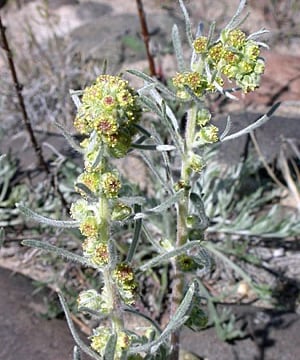

Poet's Shooting Star _Dodecatheon poeticum
Has pink and yellow blossoms blooming March to April at Tom McCall Nature Preserve and east of Lyle.
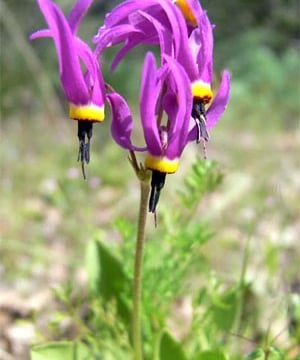

Smooth Desert Parsley _Lomatium laevigatum
Has pink and yellow blossoms blooming March to April at Tom McCall Nature Preserve and east of Lyle.
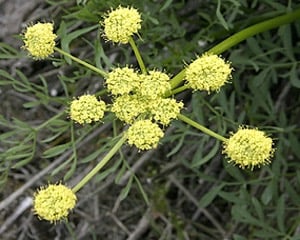

Smooth-Leaf Douglasia _Douglasia laevigata
Named for pioneer botanist David Douglas. Blooms early April at Mitchell Point, McCord Creek Falls.
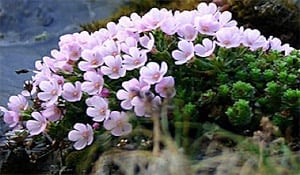

Suksdorf's Desert Parsley _Lomatium suksdorfii
Named for Wilhelm Suksdorf, early botanist whose family helped establish the City of Bingen, a yellow, 2-6 foot lomatium blooms late April to early June, and can be found near Chenoweth Road and Nestor Peak.

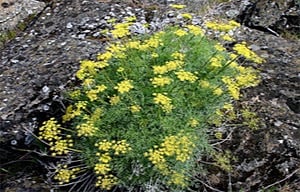
The Dalles Mountain Buttercup _Ranunculus triternatus
Named for pioneer botanist David Douglas. Blooms early April at Mitchell Point, McCord Creek Falls.

